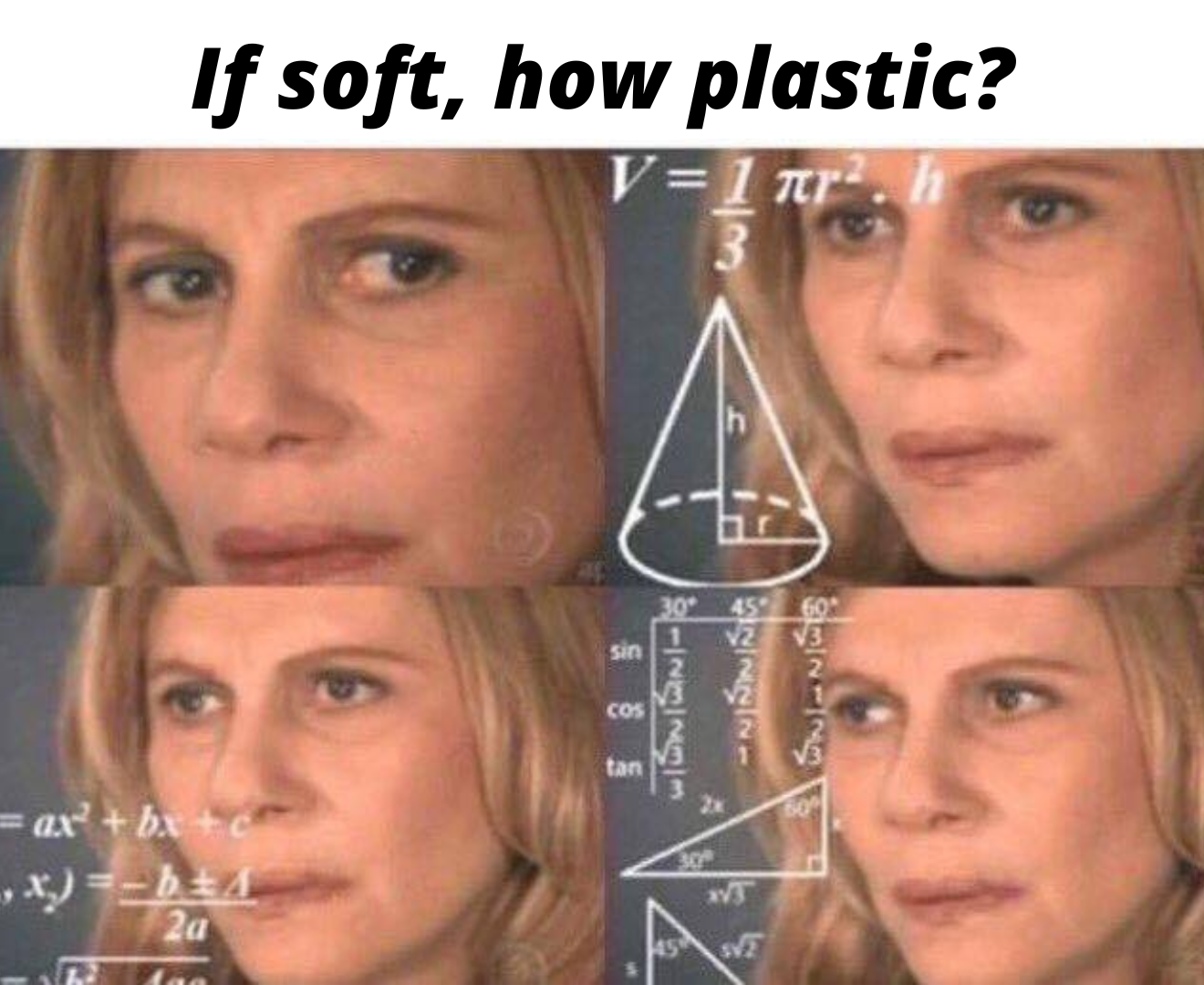Jun 5
Life in Plastic: Not So Fantastic (World Environment Day)
“This year marks the 50th anniversary of World Environment Day, after it was established by the United Nations General Assembly in 1972. Over the past five decades, the day has grown to be one of the largest global platforms for environmental outreach. Tens of millions of people participate online and through in-person activities, events and actions around the world.”
In honour of World Environment Day, and this year’s theme ‘Solutions to Plastic Pollution’, we’ve collaborated with artist @andhikaramadhian to create a digital landscape titled “A Perfect World”, showcasing the stark differences between a world plagued with plastic pollution, and one without.
When we usually think of plastic pollution we think of single-use packaging, plastic bottles, plastic bags, etc. What we don’t normally think of is clothing.

Fashion brands are producing almost double the volume of clothing they used to produce in the 2000s, with most of the growth coming from clothing made from plastic-based fibres. Capitalism (with a capital C) has meant that demand for more clothes than we could possibly need has grown exponentially over the last few years, and brands are always looking for ways to decrease cost of production and increase profit margins– for themselves of course, never for the people who make the clothes. This has meant dramatically increasing the use of artificial fabrics, such as polyester, which is a petroleum-derived synthetic. As of the last few years, the industry uses over 300 million barrels of petroleum annually to produce fabrics such as polyester, nylon, acrylic and others. In turn, these plastic-based fibres are responsible for around 73% of microfiber pollution in arctic water.
To add salt to the wound (or plastic to the landfill), plastic in the fashion industry isn’t limited to fibres. The plastic packaging used within the industry is estimated to make up around 26% of the total volume of plastics created each year. Beyond single-use plastics associated with packaging, shipping, tagging, etc., sustainable materials brand Arch & Hook estimates that 128 billion plastic hangers are used worldwide on an annual basis, the majority of which will end up in landfill too.
In short: more clothing = more plastic production of all sorts = more plastic waste.
THE IMPACT
As we’ve mentioned many-a times, the vast majority of this clothing (and associated waste) ends up in landfills. We know landfills exist, they’re something we hear about all the time, but somehow the point just rarely gets truly hammered in, in terms of what it really means and what it really looks like.
It’s easy enough for us (or at least, most of us), not to consider landfills a real issue, because we’re physically so far removed from them. All landfill-bound fashion waste ends up being shipped off to countries in the developing world. And in some cases, as is shown in recent images from Chile (below), these landfills grow so big they become visible to satellites.
Making matters worse, plastic-based fibres, like polyester, are non-biodegradable, spending roughly 30 or more years in these landfills before beginning to decompose. Although polyester can be made using recycled materials, increasingly high demand often exceeds the timeline of decomposition, creating exponentially more and more waste. On the opposite side of the spectrum, natural fibres do eventually begin to break down after being discarded, and furthermore can easily be reused, requiring 97% less energy vs brand new materials when it comes to manufacturing.
WHAT CAN WE DO?
We won’t sit here and tell you we can solve each and every fashion industry-related problem by simply opting to shop sustainable. But we’re all capable of making small, conscious changes to our lives which will in turn lead to more mindful consumption, and less contribution to a sea of fashion-related shortcomings.
They’re all things we’ve said before, but sometimes are worth repeating: look for natural fibres, buy with intention, avoid impulsive purchases, take care of your existing clothing– repair, upcycle, repurpose–, shop secondhand, rent, avoid ultra fast fashion, and always look within your wardrobe first.
Join the conversation via #BeatPlasticPollution and #NotWheringPlastic